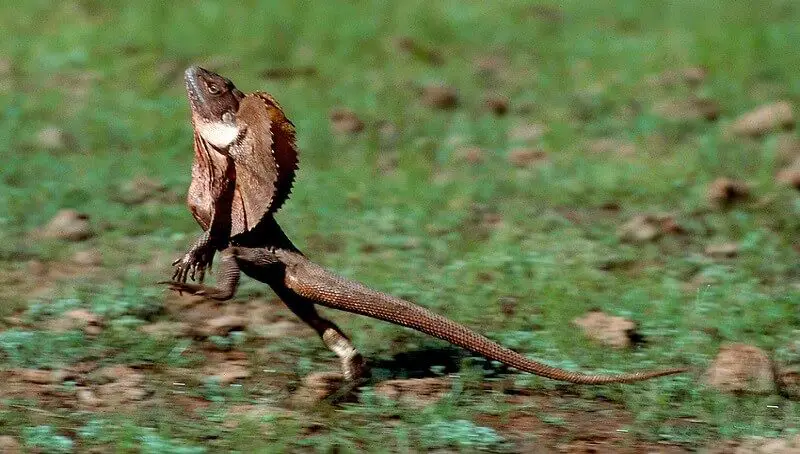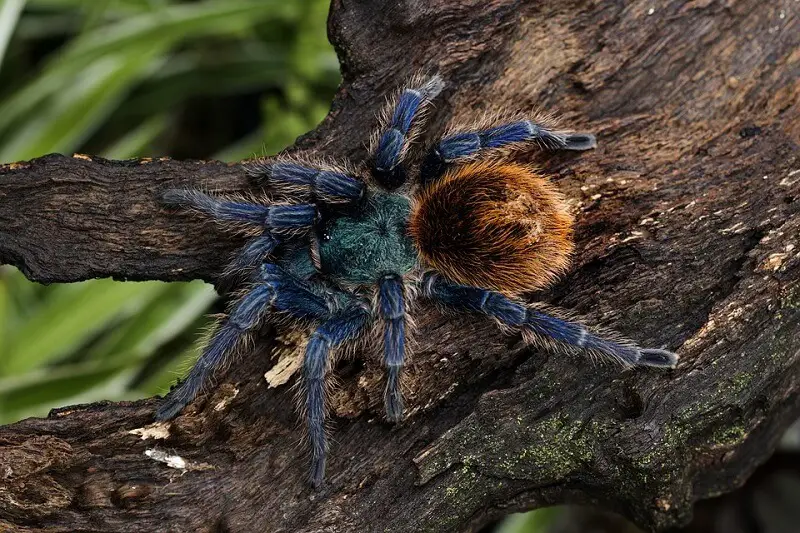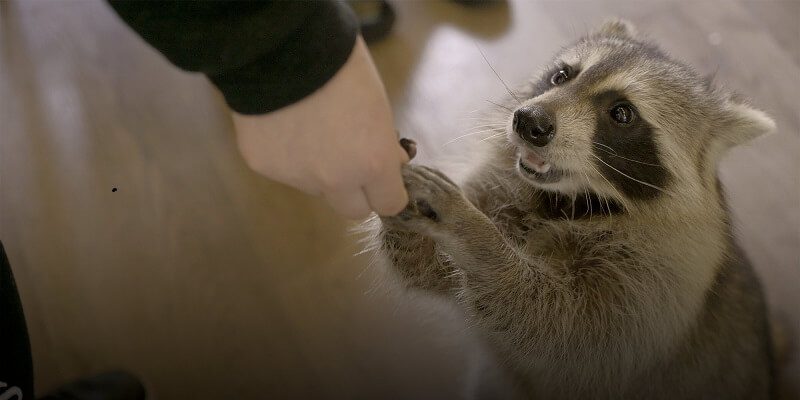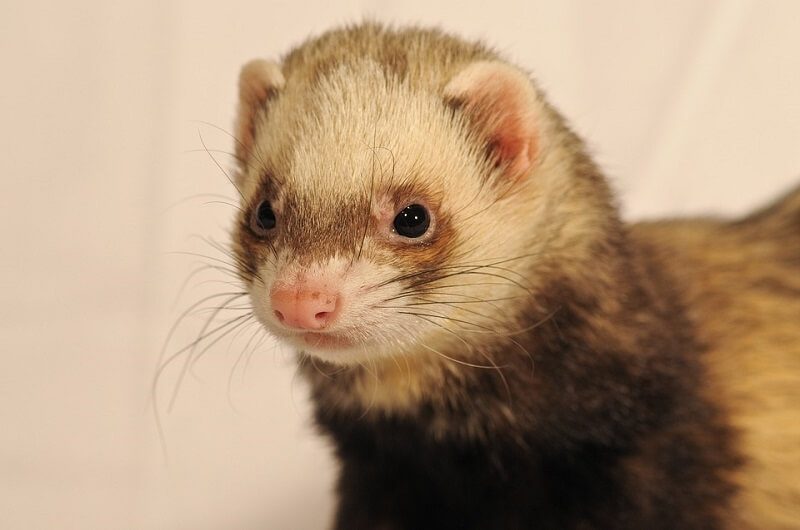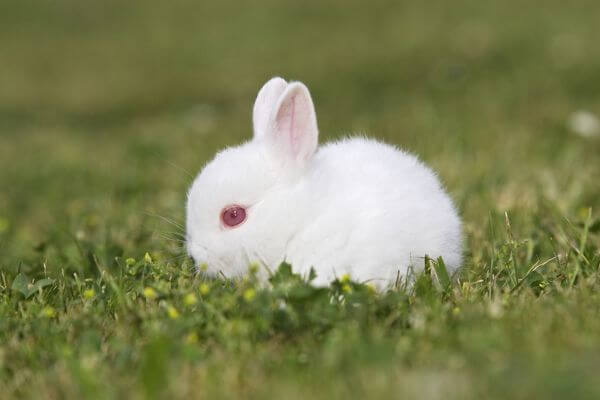Chlamydosaurus Kingii, the frill-necked lizard, frilled dragon, or frilled agama, is part of the Agamidae family and is one of the most common dragon lizards in Australia.
The frill-necked lizard enjoyed fame in Japan for a long time, after which it became the symbol of Australia, along with koalas and kangaroos.
The recognition came from the fact that the image of the lizard was used in an automobile advertisement.
Where is the frill-necked lizard found?
The frill-necked lizard is an arboreal lizard that lives in Australia, Tasmania, and Papua New Guinea. There it lives in dry forests and forest steppe.
A frill-necked lizard spends 90% of its time in trees. When it sits still or rests it is very well camouflaged on the bark. When looking for ants and other insects, it can be very fast and agile.
What does a frill-necked lizard look like?
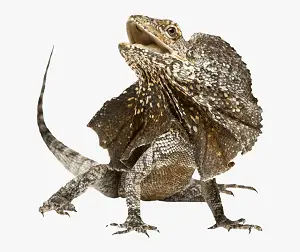 Its size reaches 85 cm and weighs between 800 and 900g, featuring a sturdy body, elongated limbs, and a long tail.
Its size reaches 85 cm and weighs between 800 and 900g, featuring a sturdy body, elongated limbs, and a long tail.
The distinctive feature is the presence of a wide skin “collar” supported by the cartilage, which expands when the lizard feels threatened. It has a dual role as it is used both as a defense and also in the process of thermo-adjustment.
You might also like my articles on:
- Whether Komodo dragons are dangerous
- Whether bearded dragons are dangerous
- Whether crocodiles are reptiles
The color of the lizard is relatively dull, in shades of gray and brown. Its collar is often strongly colored blue. When attacked, it can run, supporting itself only on the back legs. Because of this behavior, the animal is also known as the bicycle lizard.
When cornered, it turns its face toward the aggressor and opens wide its famous collar around the neck, while opening its bright yellow-pink mouth, as a threat.
What do frill-necked lizards eat?
The frill-necked lizard is an arboreal species that spends most of its time resting at the roots of trees or on their branches. The only time they go to the ground is when they feed.
The frilled dragon is insectivorous and eats, in principle, small invertebrates. However, lizards are sometimes known to feed on small mammals.
These lizards prey on insects, spiders, small mammals, and, sometimes, other lizards. It also likes to eat bird eggs.
Behavioral characteristics of the frill-necked lizard
This creature spends most of its free time climbing up trees or large shrubs, where it can also eat. The frilled dragon is not very active during the hunt, patiently waiting for the desired prey to approach. During the dry season, all the inhabitants have difficulties in procuring their food. But the frill-necked lizard is so patient that it climbs into the crowns of trees and waits there for up to 12 weeks. The fact is that when it is in the shade of branches, the lizard lacks heat, and the metabolic processes in its body slow down by 70%.
In open areas, representatives of the species have a large number of enemies, as these lizards are hunted by wild cats, snakes, and even predatory birds. In the process of evolution, these individuals have developed a unique system of protection.
By its nature, the frill-necked lizard prefers to lead a solitary lifestyle. When the lizard feels danger approaching, it immediately begins to turn into a terrible predatory “beast”.
Although this charming creature prefers to live in low humidity conditions, with the advent of the rainy season, its activity increases several times compared to normal.
At the same time, the breeding season begins, which is very interesting. Before starting the mating process, the male must draw the attention of the female lizard, and as soon as it succeeds, it begins making rhythmic movements of the head that resemble inviting assent. After successful mating, the female buries 8 to 14 eggs in a wet sand hole. After about ten weeks, the baby lizards hatch.
How do they defend themselves?
Seeing the enemy, the frill-necked lizard stops moving, as if numb, and tries to hide so that the enemy does not notice it. If that doesn’t work, then the lizard takes other actions.
The reptile begins making hissing sounds, opening its mouth wide, opening the umbrella collar, twisting its tail, and rising on its hind limbs. In most cases, the predator becomes confused and backs down.
If such actions were not successful, then the lizard quickly runs away, being again upright, using the hind legs, and the long tail to maintain balance.
The frill-necked lizard’s frill
Its peculiarity is that it has a wide collar of skin very well supported by cartilage, which expands when it senses danger. It serves them primarily as a defense mechanism. When opened, the attacker feels like it is in front of a much larger animal than expected.
Another role of its collar is to be a tool for storing solar heat and increasing body temperature. As with other cold-blooded lizards, their body temperature depends on the environment.
In the male this very interesting collar is larger; it can have a radius of 10-25 cm. Its color is yellow, reddish, orange, or brown, depending on the temperature of the environment where the animal stood, how much blood was pumped through its skin, and its stress level.
It also plays an important role in attracting females and fighting rivals.
Cold-blooded creatures
Another purpose of the protruding collar is to regulate body temperature. In the morning, the lizard stays in the sun, and in case of severe overheating, it helps the lizard to cool down.
If this is not enough to scare the enemy, the frill-necked lizard can stand on two legs and run away, but instead of running with its tail between its legs, the dragon will let it hang in the back to confuse its attacker.
Facts about the frill-necked lizard
- The frill-necked lizard is one of the most common dragon lizards in Australia.
- Its dimensions reach 85 cm and it weighs between 800 and 900 g,
- They open their mouth and collar when threatened.
- The distinctive feature is the presence of a wide skin “collar” that expands when the lizard feels threatened.
- When the babies come out of the nest, they are immediately able to display the front collar, completely.
- A frill-necked lizard has a painful bite, produced by the two teeth-like fangs on the lower jaw.
- When it runs, it gets up and runs on its hind legs, while using the tail for stabilization. In most cases, it runs to the nearest tree.
- The frilled dragon is insectivorous and eats, in principle, small invertebrates.
- Chlamydosaurus Kingi does not adapt very well in captivity.
- This lizard spends most of its time resting.
- The average life expectancy is 12 years.
